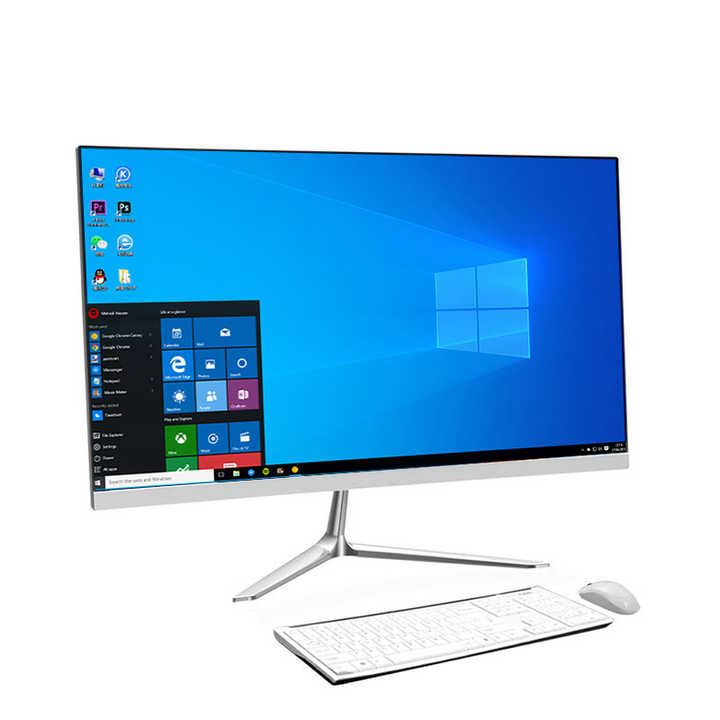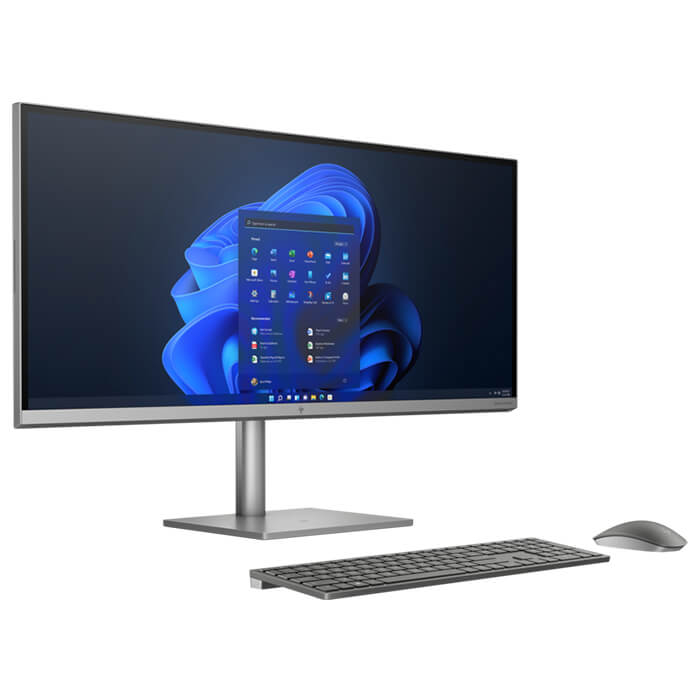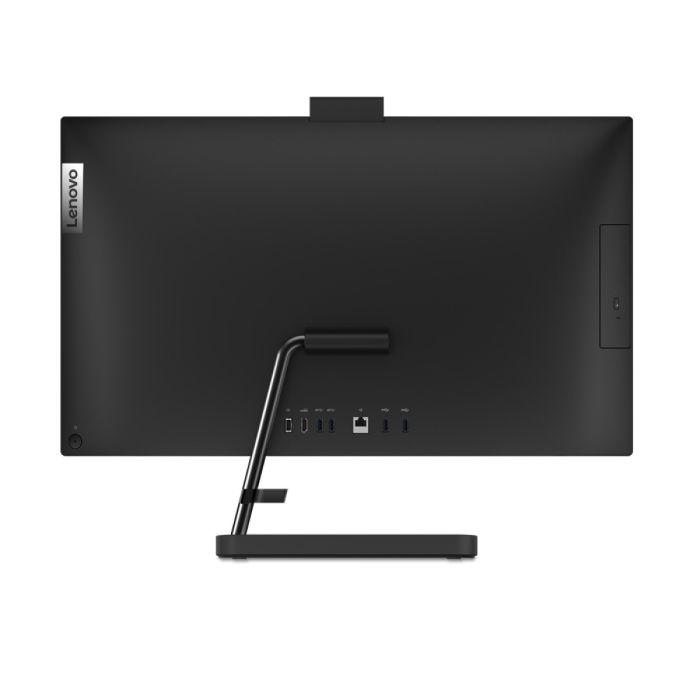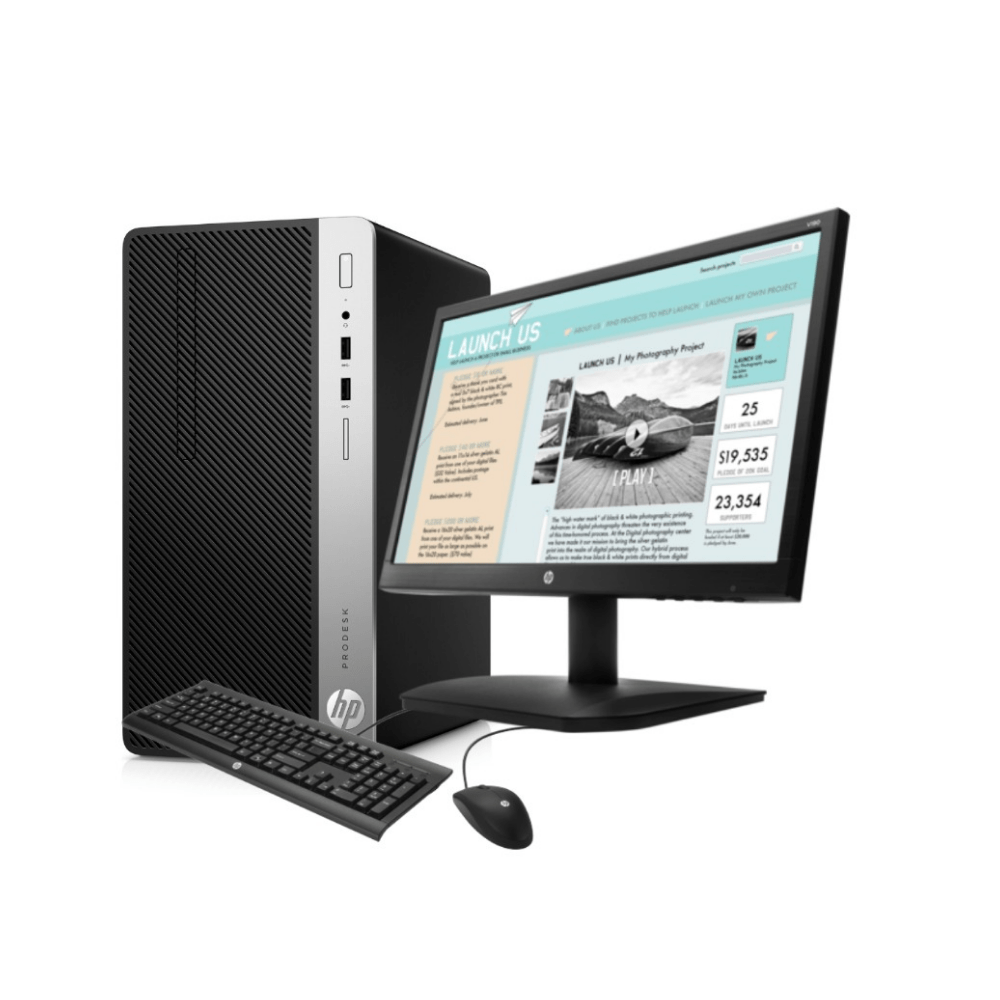When investing in a desktop computer, the choice between an Intel Core i7 and an Intel Core i5 processor is crucial. Both offer excellent performance, but they cater to different user needs. Understanding the differences can help you make an informed decision based on your requirements and budget. This article will explore the key differences between the i5 and i7, the ideal use cases for each, and various factors to consider before purchase.
Understanding Core i5 and i7 Processors
What is Intel Core i5?
The Intel Core i5 processor sits in the mid-range segment of Intel’s CPU offerings. It offers a solid balance between price and performance, making it an excellent choice for everyday computing tasks. Core i5 typically includes four to six cores and supports hyper-threading in many models, which allows each core to handle multiple threads simultaneously. This feature enhances multitasking capabilities and boosts overall performance.
Core i5 processors are suitable for typical activities like web browsing, office productivity, and light gaming. They deliver good performance for most users, making them a popular choice among general consumers.
What is Intel Core i7?
The Intel Core i7 processor is a higher-end CPU designed for more demanding applications. It usually has six to eight cores and also supports hyper-threading in most models. The increased core count and threaded performance of the i7 allow it to handle more intensive tasks such as video editing, 3D rendering, and complex gaming.
Users who require extra power for content creation, advanced gaming, or running virtual machines will find the i7 better suited to their needs. The additional cache memory and higher clock speeds found in i7 processors contribute to improved performance in these scenarios.

Performance Comparison
Benchmarking i5 and i7
When comparing performance, benchmarks provide a clear picture of how each CPU performs in various tasks. In typical benchmarks, Core i7 often outperforms Core i5 by a significant margin in tasks that benefit from higher core counts and threading capability, such as video rendering and scientific computations. For everyday tasks like web browsing and document editing, however, the i5 performs impressively as well.
Gaming Performance
Gaming is a crucial consideration for many users. Most modern games benefit from higher clock speeds and the multiple cores offered by i7 processors. However, several games still run well on Core i5 processors, especially at lower resolutions or with less demanding graphics settings. If you’re primarily focused on gaming, consider not only the processor but also the graphics card as a key component.
For gaming setups, i7 is generally recommended if you want superior frame rates and future-proofing for upcoming titles. Meanwhile, i5 is suitable for casual gamers who are satisfied with mid-range performance.
Use Cases for Intel Core i5
Everyday Computing
Core i5 processors shine in everyday computing tasks such as browsing the internet, using office applications, and streaming media. If your primary activities involve reading emails, creating documents, or watching videos, an i5 system will provide more than enough power. Many users find that the i5’s capabilities meet their needs without excessive investment.
Light Gaming
For casual gamers, an i5 processor can handle games like Fortnite, League of Legends, and other less demanding titles effectively. Pairing an i5 with a mid-range graphics card can lead to a pleasant gaming experience at reasonable settings. This combination allows you to play popular games without compromising on performance.
Budget-Friendly Solutions
Choosing an i5 processor allows you to save money while still acquiring a capable machine. Since they are more affordable than their i7 counterparts, i5 options can leave more room in your budget for upgrades like more RAM or a better graphics card. This way, you can invest in components that will maximize your overall system performance.

Use Cases for Intel Core i7
Content Creation and Streaming
For users involved in video editing, graphic design, or streaming, the i7 processor becomes a valuable asset. The additional cores and threads enable faster rendering times and more efficient multitasking. Software like Adobe Premiere Pro and Blender thrives on the processing power offered by i7, making it a favorite among professionals in creative industries.
Intensive Gaming
Gamers seeking high-performance systems should consider i7 processors essential for playing AAA titles. New games often demand more processing power, and the i7 is well-equipped to handle complex graphics and intensive gameplay. With solid graphics support, an i7 system can help achieve higher frame rates and enhanced graphical settings, keeping you competitive in online matches.
Virtualization and Advanced Tasks
If your work involves running virtual machines or resource-intensive applications, i7 processors offer the capability to manage these tasks efficiently. They handle multiple applications without lag, allowing you to switch between tasks seamlessly. This feature is crucial for software developers or IT professionals who require robust systems for testing applications.
Key Specifications to Consider
Clock Speed and Turbo Boost
Clock speed matters when it comes to performance. i7 processors usually have higher base and boost clock speeds compared to i5. This difference means that, even under load, the i7 can deliver a faster response time in demanding applications. Turbo Boost technology in both processors can dynamically increase clock speeds, providing additional performance when needed.
Thermal Design Power (TDP)
TDP indicates the maximum amount of heat generated by the CPU. Generally, i7 processors have a higher TDP than i5 processors, which means they may require better cooling solutions. When selecting your desktop, consider the power supply and cooling mechanisms to maintain optimal operating temperatures. This consideration prevents overheating and prolongs component lifespans.
Cache Memory
Cache memory also influences performance. i7 CPUs typically come with larger cache sizes, which allow for quicker access to frequently used data. This feature is particularly beneficial in tasks requiring rapid data retrieval, enhancing overall system efficiency.

Cost Considerations
Price Differences
Price is one of the most significant factors when choosing between i5 and i7. Generally, i7 desktop computer processors are considerably more expensive due to their enhanced performance and capabilities. Depending on the model and specifications, the price difference can range from $100 to $300 or more.
Long-Term Investment
While the initial investment for an i7 processor is higher, it often offers better longevity. If you plan on keeping your computer for several years and anticipate needing more processing power for future software or gaming demands, the upfront cost may be worthwhile.
Conversely, if you have a limited budget and your computing needs are light, an i5 can provide excellent value. Assess your needs, and consider your budget when deciding which processor is right for you.
Making the Right Choice for You
Evaluate Your Requirements
Before making a decision, evaluate your specific needs based on your computing habits. Consider the tasks you regularly perform and how often you engage in resource-intensive activities. If most of your work is centered around light tasks and casual gaming, an i5 is likely sufficient.
Future-Proofing Your Investment
If you frequently upgrade your software, engage in intensive gaming, or plan to explore advanced applications, an i7 desktop computer may be the better investment. This choice ensures that your system remains capable of handling new demands as software and games evolve.
Assess Your Budget
Ultimately, your budget will play a significant role in your decision-making process. If you can afford to invest in an i7 desktop computer without compromising other essential components such as RAM or storage, that could be the route to take. Conversely, if choosing an i5 allows you to add upgrades or improved peripherals, that could enhance your overall experience just as much.
Conclusion
Choosing between an Intel Core i7 and i5 processor requires careful consideration of your needs, performance expectations, and budget. Both processors deliver excellent capabilities in different scenarios, providing a range of options for users. If your tasks are lightweight and your focus is on general use, an i5 is a solid choice. Conversely, for gamers, creators, and professionals, the i7 desktop computer offers superior performance that accommodates demanding applications.
By assessing performance benchmarks, considering long-term usability, and aligning your choice with your price range, you can select the right desktop system that meets your specific requirements. In the end, understanding these differences will empower you to make an informed decision, ensuring a satisfying computing experience for years to come.
